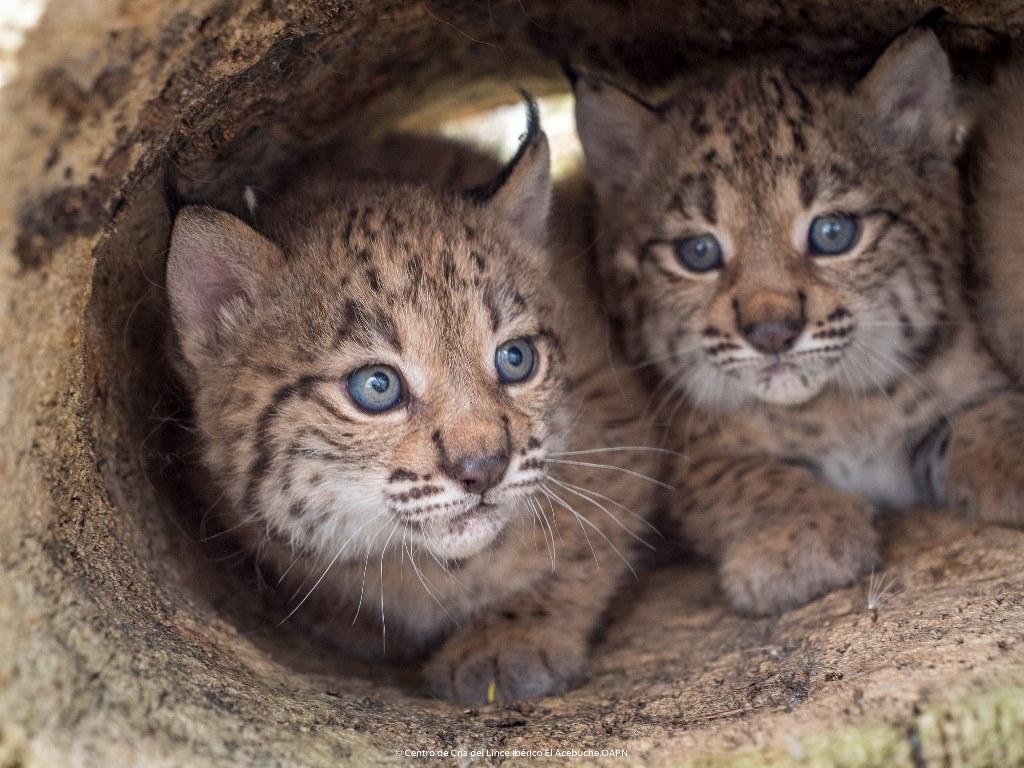Twenty years ago there were less than one hundred specimens in the Iberian Peninsula. They suffered inbreeding until they became one of the species with the lowest genetic diversity on the planet. They were very close to extinction. Only conservation work, including captive breeding, succeeded in bringing these felines back to life, but there was more. But there was more. How did the lynx avoid extinction?

Genetic advantage
Today there are more than a thousand individuals distributed in different areas from Jaen to Portugal. A certain genetic advantage was discovered that helped them to survive. A team from Estación Biológica de Doñana-CSIC has analyzed the genomes of 20 Iberian lynxes. Also of 28 boreal or Eurasian lynxes. It investigated their ability to ‘purge’ some genetic variants, the most dangerous ones.
“We compared the genetic load between the two sister species”, explains Daniel Kleinman. “In small populations, natural selection loses its strength. Many of the deleterious mutations may be more frequent,” explains the biologist.
But there is a type of mutations called recessive. They are only inherited when both parents have them. In lynxes, a natural genetic barrier works. Individuals with worse genes do not survive or do not pass them on to the next generation. A genetic purge.

Improving the outlook
“There are very few species in which that has been explicitly measured,” notes José Antonio Godoy. “Future studies will uncover genes that influence some common diseases.”
For Godoy, captive breeding turned the lynx story into a “success” story. There are 1,111 specimens in the wild in areas where they were previously extinct. Many cubs are born every year.
It is known how the lynx avoided extinction. The next objective is to continue to reduce the degree of threat to the Iberian lynx. They believe it can be downgraded to ‘vulnerable’ status. To achieve this, they must not only increase populations. The European LIFE-funded project called LinxConnect is trying to connect them together, as they are still quite isolated. Genetic studies will undoubtedly contribute to the recovery of the most endangered feline.

